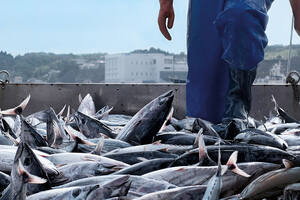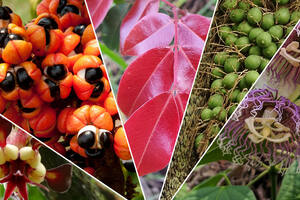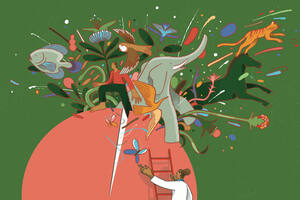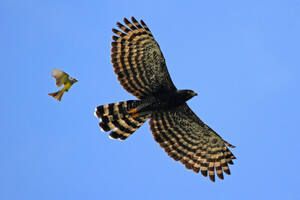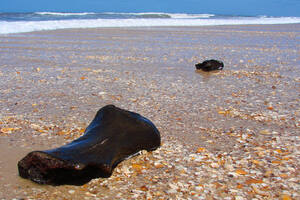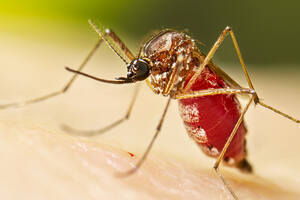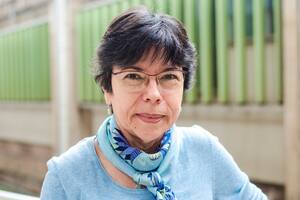Biology
Photolab
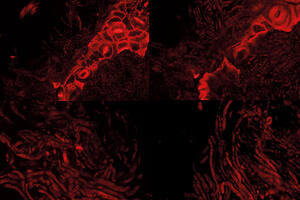
Underground garden
Microscopic view of fungi cultivated by leafcutter ants allows us to understand how they grow from leaves
By Redação
INTELLECTUAL PROPERTY
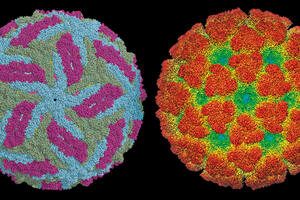
Obstacles to innovation
Knowledge about Zika and Chikungunya resulted in several patents, but few products within public reach
Health
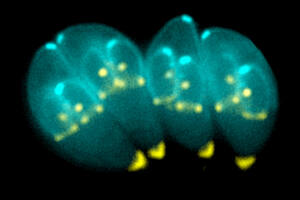
The sensitive eyes of women
Women at higher risk than men of suffering ocular toxoplasmosis multiple times
By Redação
Biology

Mimicking smell key to survival
Similar smell prevents fighting between termites of different species within the same termite mound
By Redação
Biology
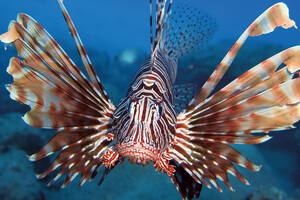
Devastating invasion of the Brazilian sea
Lionfish are spreading along the Brazilian coast, having a harmful effect on fishing and the survival of native species
By Redação
Biology
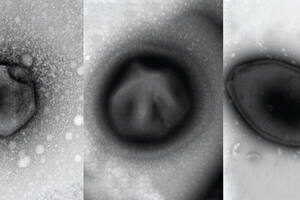
Giant viruses released from thawing ground
Viruses come back to life after lying dormant in the icy ground for millennia
By Redação
INTERVIEW

Luiz Eugênio Mello: Intense times
Neuroscientist revisits his three years as FAPESP's Scientific Director
By Fabrício Marques, Neldson Marcolin and Alexandra Ozorio de Almeida
RESEARCH ITINERARIES
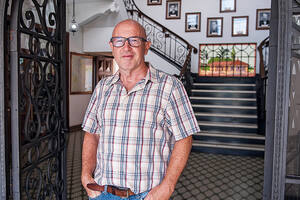
From physics to the environment
Marco Aurélio Nalon talks about the use of data geoprocessing to map native vegetation in the state of São Paulo
Biology

The clock that regulates sunflowers
Circadian clock controls maturation of the hundreds of tiny flowers that form concentric circles on the heads of adult sunflowers
By Redação
Oceanography
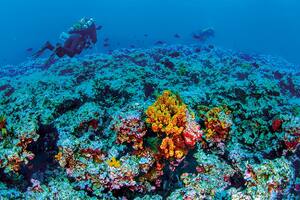
A new kind of marine environment
New type of reef found off the coast of Espírito Santo was named coral hills
By Redação
PHOTOLAB
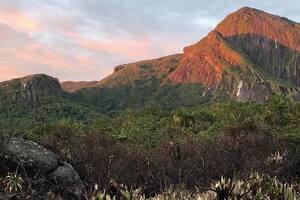
On top of Brazil
Serra do Imeri could be the birthplace of many animal and plant lineages from the Amazon and the Atlantic Forest
By Redação
RESEARCH ITINERARIES
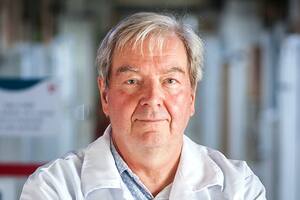
From the lab to the field
An encounter with a community in rural Goiás transformed biologist Carlos Menck’s perspective on genetics


